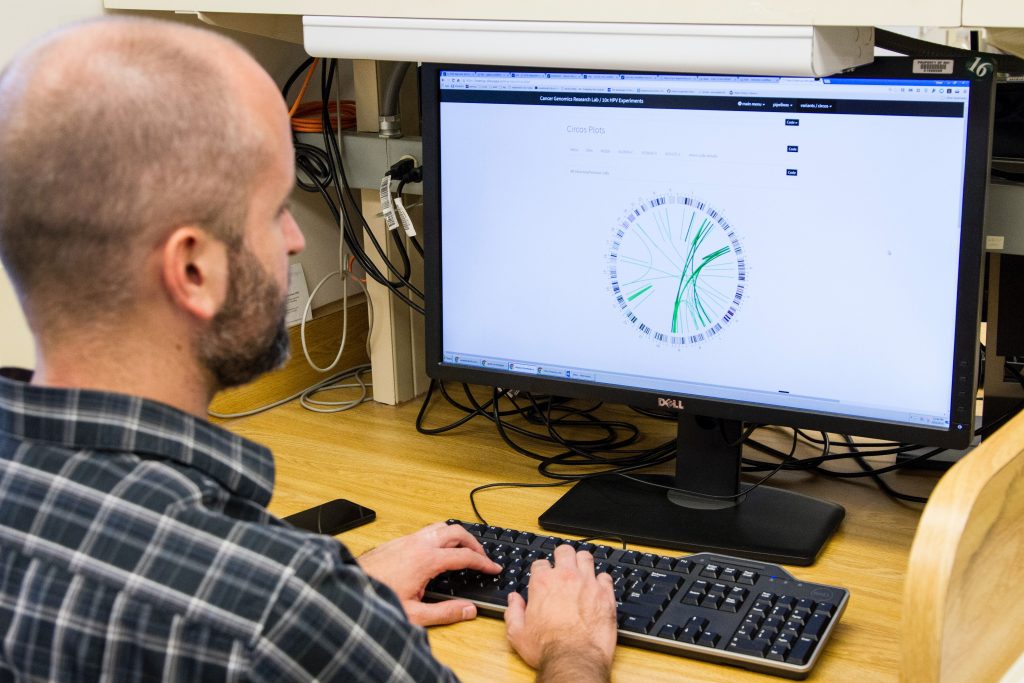
Today, researchers can utilize light to trigger proteins both within and outside of live cells. With the help of the novel method, known as light-activated SpyLigation, proteins that are typically turned off may be studied and controlled in more depth. The method may be used in tissue engineering, regenerative medicine, and the study of how the body functions.
Nearly every significant biological function, such as the processing of DNA, metabolism of nutrients, and infection control, is carried out by proteins. For a variety of biological processes, it is crucial to understand where, when, and how proteins become active. More research is being done to see if proteins’ activities can be turned on and off to cure illness.
Researchers are striving to develop complex tissue for transplantation using novel methods for manipulating protein activity, particularly those that enable controlled activation in time and place. These methods show considerable potential in addressing the organ scarcity situation since there are far more patients who may benefit from tissue or organ transplants than there are available donors.
The researchers used their novel technique to regulate the light of a green fluorescent protein isolated from the muscle of Japanese eels. This protein’s inactive fragments were combined and set in a gel that resembled jelly. These fragments were subsequently permanently recombined into whole luminous proteins using lasers. The formation of a precise pattern of luminous proteins was made feasible by adjusting the laser’s course. The scientists etched tiny pictures of a husky – the mascot of their university (the University of Washington) – onto the gel. They also utilized lasers to produce a luminous, three-dimensional picture of a dog that was about the size of a human hair.
The group demonstrated their ability to activate proteins within human cells. It just took three minutes of light exposure to activate several proteins involved in genome editing. One day, a device like this may be used to target very certain regions of the body with genetic alterations.